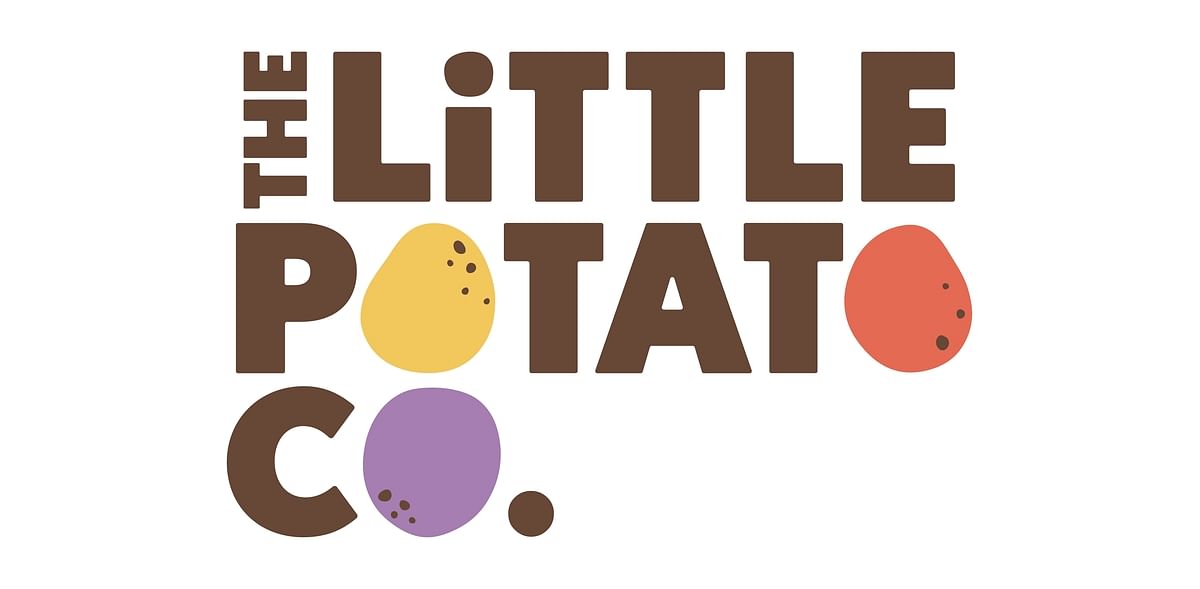Native potatoes are the foundation of potato diversity and resilience, representing thousands of years of selection and cultivation by Indigenous communities in the Andes. These unique varieties are not only a vital food source for local populations but also a living heritage that underpins global potato breeding and food security. These potatoes are diverse, with over 4,500 varieties, and are well-adapted to the harsh conditions of the high Andes.
马铃薯的起源:大约8000年前,马铃薯在安第斯山脉被驯化。安第斯山脉仍然有着令人难以置信的原生马铃薯多样性,无论是对于繁衍还是从烹饪的角度来看都是如此。
单击此处展开并了解更多信息!
What Are Native Potatoes?
- Definition: Native potatoes are traditional varieties cultivated primarily in the Andean highlands of Peru, Bolivia, and Ecuador. They are distinct from modern commercial varieties, having been selected over centuries for their adaptability, taste, texture, shape, and color.
- Origins: The Andes is the center of potato domestication, with native potatoes first cultivated around 10,000 years ago. This region remains the global hotspot for potato biodiversity.
Find out how the potato spread out over the world from the Andes in History of the Potato
Diversity and Adaptation
- Varietal Wealth: Over 4,500 native potato varieties thrive in the Andean highlands, with each community maintaining its own unique set of varieties.
- Adaptation: These potatoes are exceptionally well adapted to the harsh conditions of the high Andes, growing at elevations between 3,500 and 4,200 meters. They withstand cold, drought, and poor soils, often with minimal or no agrochemical inputs.
- Genetic Resource: The genetic diversity found in native potatoes is crucial for breeding programs worldwide, providing resistance to diseases, pests, and environmental stresses.
Types and Unique Traits
- Morphological Diversity: Native potatoes display a remarkable range of shapes, colors, and sizes, from deep purple and red to yellow and white, often with striking patterns.
- Special Adaptations: Some native varieties are frost-resistant or have low dormancy, making them suitable for cultivation in extreme Andean environments.
- Traditional Uses: Many native potatoes are processed using ancient methods, such as dehydration to make chuno, which allows for long-term storage and food security during dry periods.
Challenges and Conservation
- Challenges: Urban migration and changing food preferences are leading to a loss of traditional knowledge and biodiversity in native potatoes.
- Conservation Efforts: Indigenous communities, supported by organizations like the International Potato Center, are actively working to preserve native potato varieties through on-farm conservation, seed banks, and cultural initiatives.
"Native potatoes embody a rich legacy of biodiversity, cultural heritage, and agricultural innovation in the Andes. Their continued cultivation and conservation are vital for sustaining global potato diversity, supporting local livelihoods, and ensuring food security for future generations.."
Browse Companies Offering 原生马铃薯

M S International
M S group started its journey in 1960 from a small village side grocery store. They have expanded with time and opportunity in many fields, including exports of chipping-grade potatoes.


